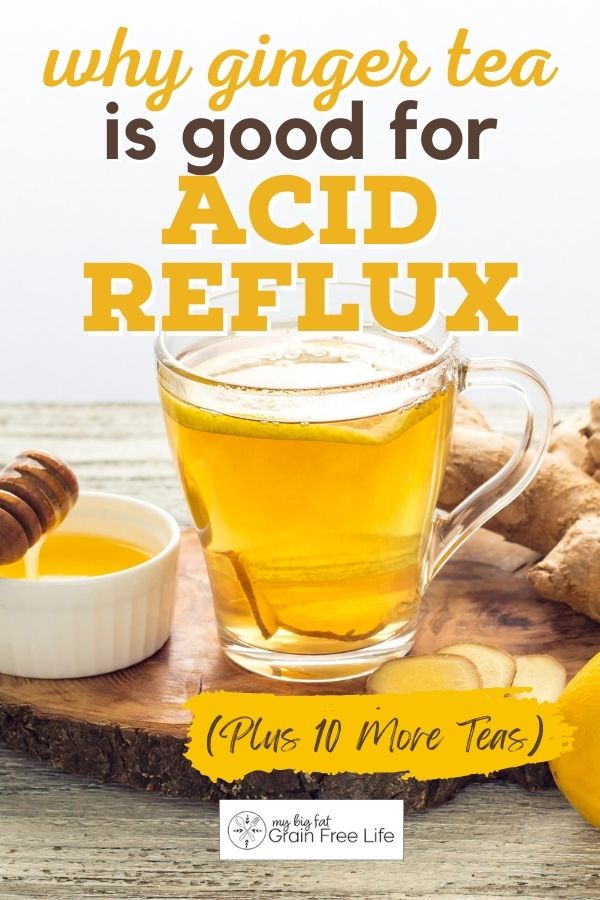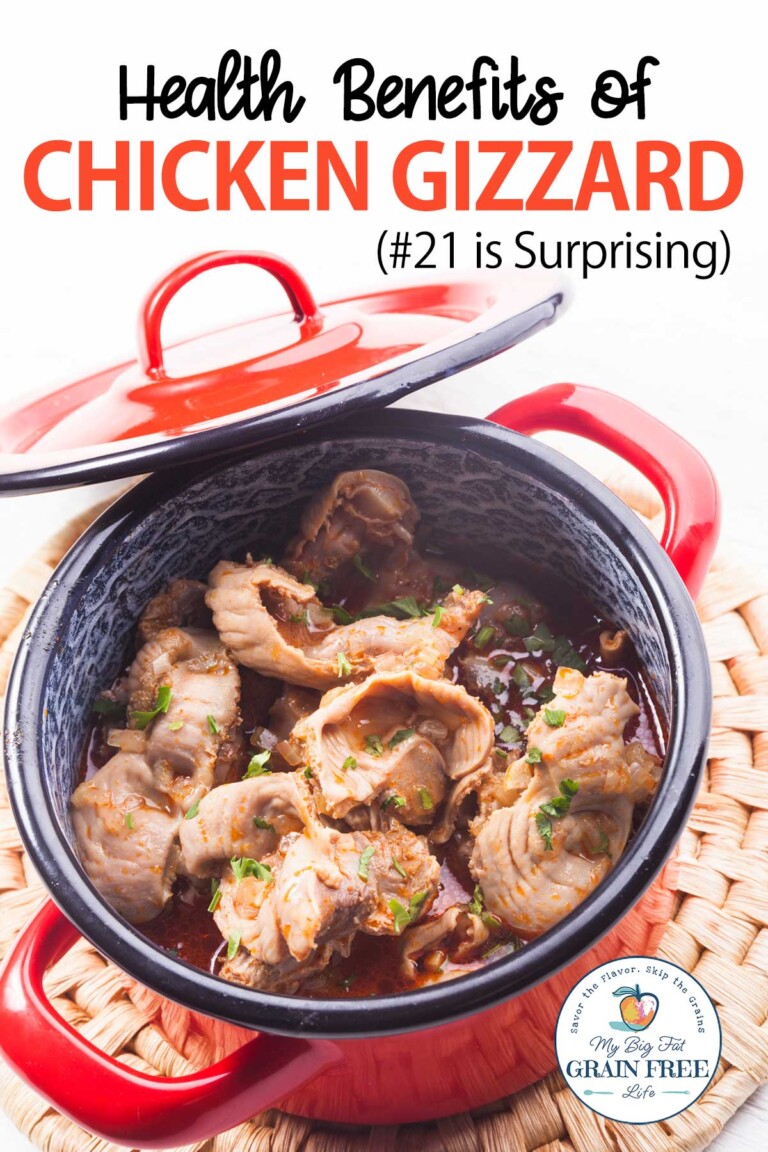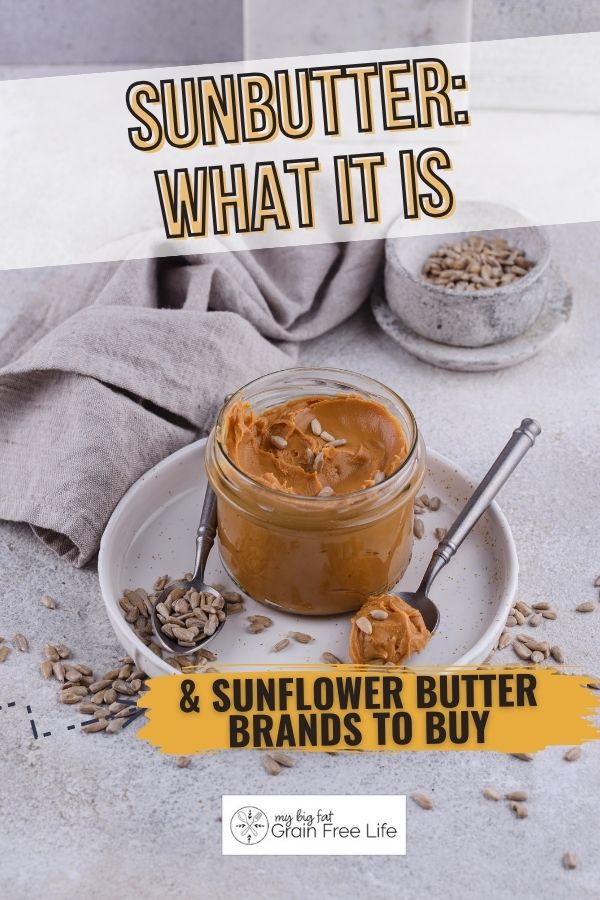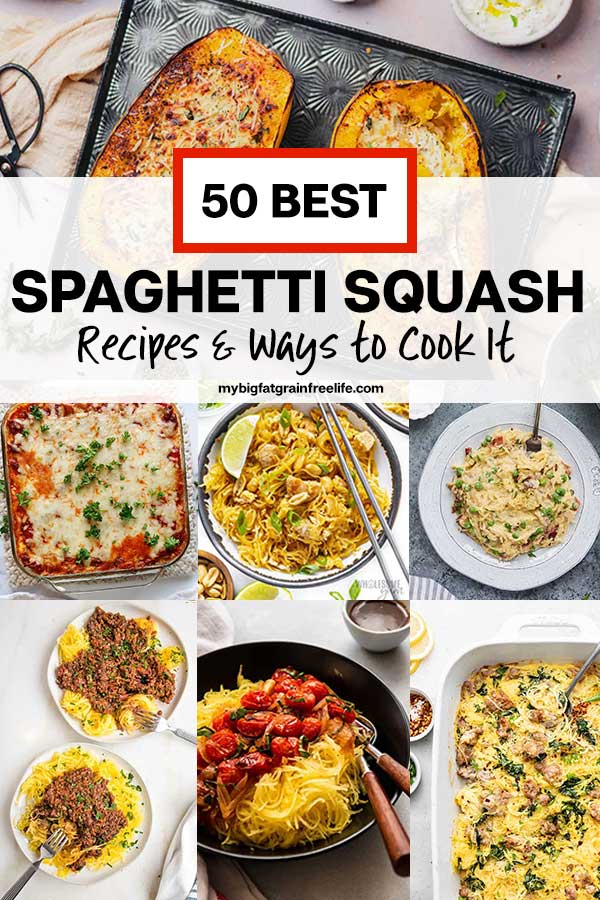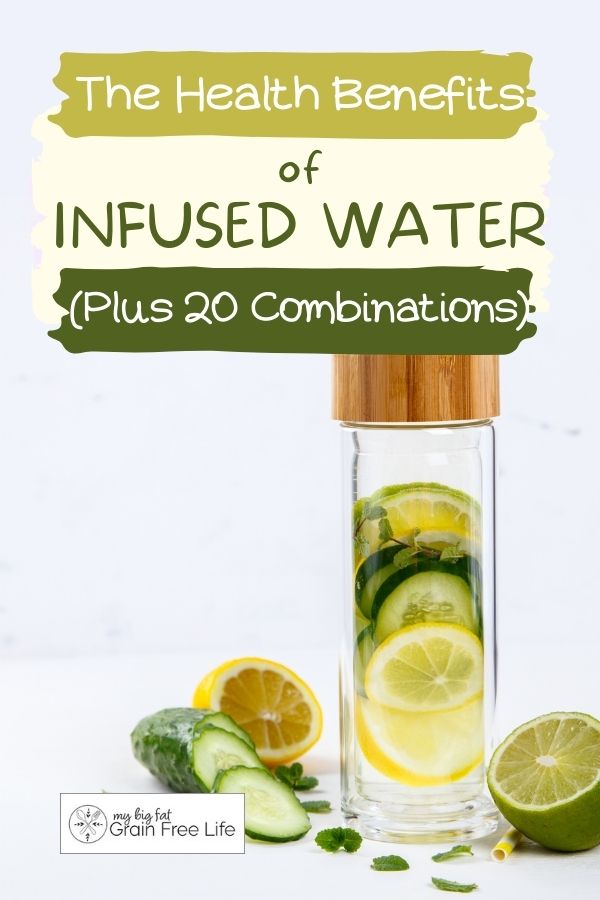Quinoa Flakes Vs Quinoa: What’s the Difference & How to Use
This post may contain affiliate links. If you make purchase after clicking a link, I may receive a commission at no extra cost to you.
Last Updated on January 8, 2024
Did you know that there are different forms of quinoa available, including quinoa flakes? We’re going to take a look at the differences between quinoa flakes vs quinoa, their nutritional benefits, cooking methods, and more. So, read on to discover the unique qualities of quinoa flakes and whole quinoa.

Quinoa
Quinoa is a gluten-free pseudo grain that originates from the Andean region of South America, where it has been cultivated for thousands of years.
It’s often referred to as a superfood because it is packed with essential nutrients. This ancient grain is a complete protein, meaning it contains all nine essential amino acids that our bodies need but cannot produce on their own.
This makes quinoa an excellent plant-based protein choice for vegetarians and vegans.
It comes in various colors: including white quinoa, red quinoa, and black quinoa.
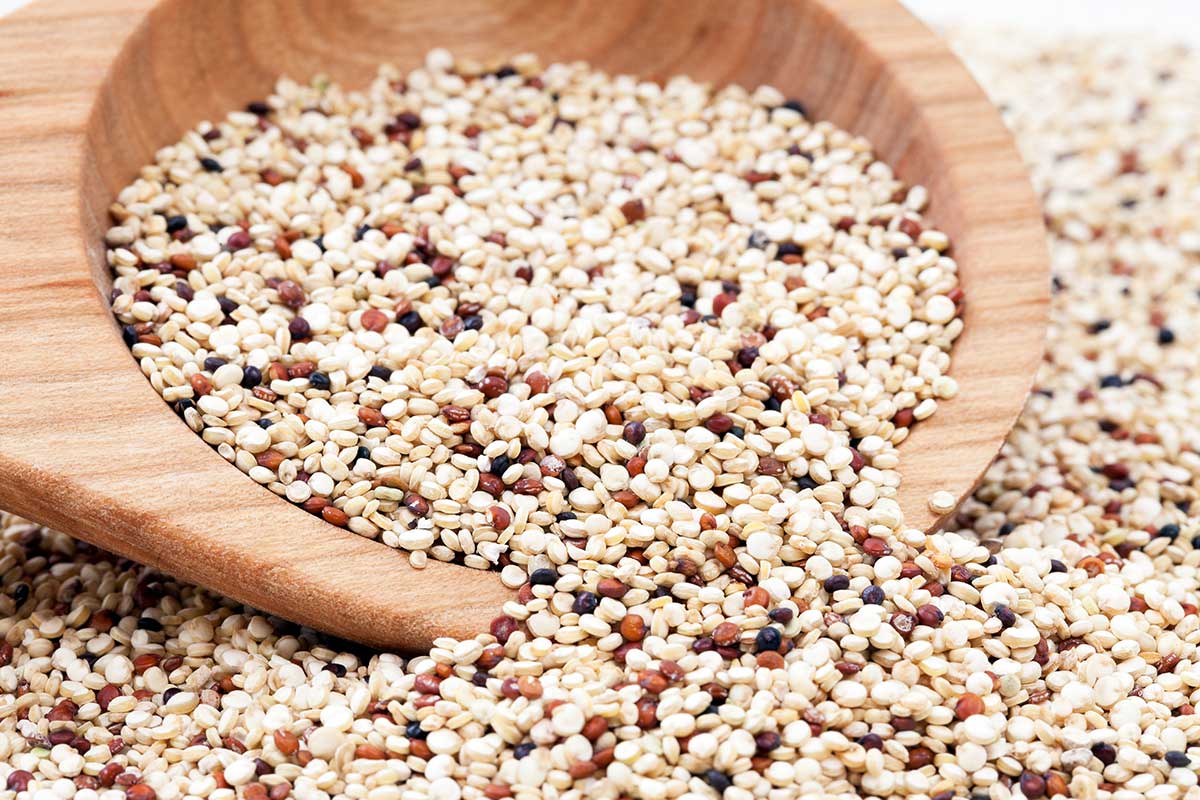
Quinoa Flakes
Quinoa flakes are a form of quinoa that undergoes a process of rolling, steaming, and flaking. This process involves partially pre-cooking the quinoa grains to make them more easily digestible and ready to use. The result is a flake-like product with a smoother texture compared to whole quinoa.
Quinoa flakes maintain many of the benefits of whole quinoa, such as being gluten-free and packed with protein. They are an excellent option for individuals seeking a quicker and more convenient way to enjoy the nutritional goodness of quinoa without the longer cooking time required for regular quinoa.
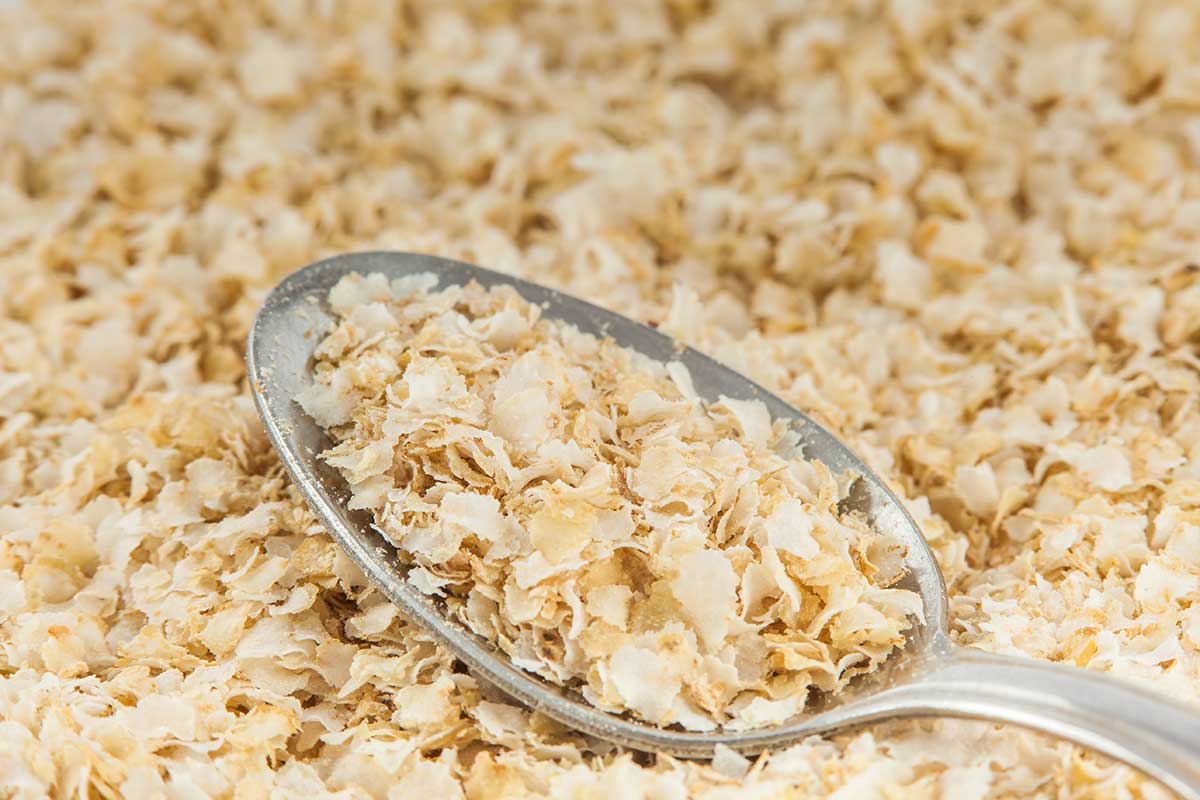
Quinoa Flakes Vs Quinoa
Both quinoa flakes and whole quinoa can be used in a variety of recipes, ranging from breakfast dishes to main courses and even desserts.
Quinoa flakes are commonly used as a hot breakfast cereal, similar to oatmeal. They can be cooked with milk or water and topped with fresh fruit, nuts, and natural sweeteners. Organic quinoa flakes can also be incorporated into baking recipes such as cookies, muffins, and granola bars, adding texture and nutritional value.
Whole quinoa makes an excellent base for salads, pilafs, and side dishes. It can be cooked and combined with various vegetables, herbs, and spices to create different flavors. Whole quinoa can also be used to make veggie burgers or mixed into soups and stews, boosting their protein and fiber content.
Comparing the Texture of Quinoa Flakes Vs Quinoa
The texture of quinoa flakes and whole quinoa differs significantly.
- Quinoa Flakes: Quinoa flakes, as the name suggests, have a flake-like texture when cooked. They are soft, creamy, and slightly chewy, often described as having a creamy and porridge-like consistency when cooked.
- Whole Quinoa: Whole quinoa has a firmer texture with a slight crunchiness.
Taste Differences of Quinoa Flakes Vs Quinoa
- Quinoa Flakes: Quinoa flakes have a more neutral flavor than whole quinoa.
- Whole Quinoa: Whole quinoa has a slightly earthy and nutty flavor.
Cooking Times for Quinoa Flakes and Quinoa
- Quinoa Flakes: The cooking time of quinoa flakes is just a few minutes.
- Whole Quinoa: Quinoa typically takes around 15 to 20 minutes to cook.
The shorter cooking time of quinoa flakes is due to the partial pre-cooking process they undergo during manufacturing. On the other hand, whole quinoa retains its natural state and requires longer cooking for the grains to fully soften and become tender.
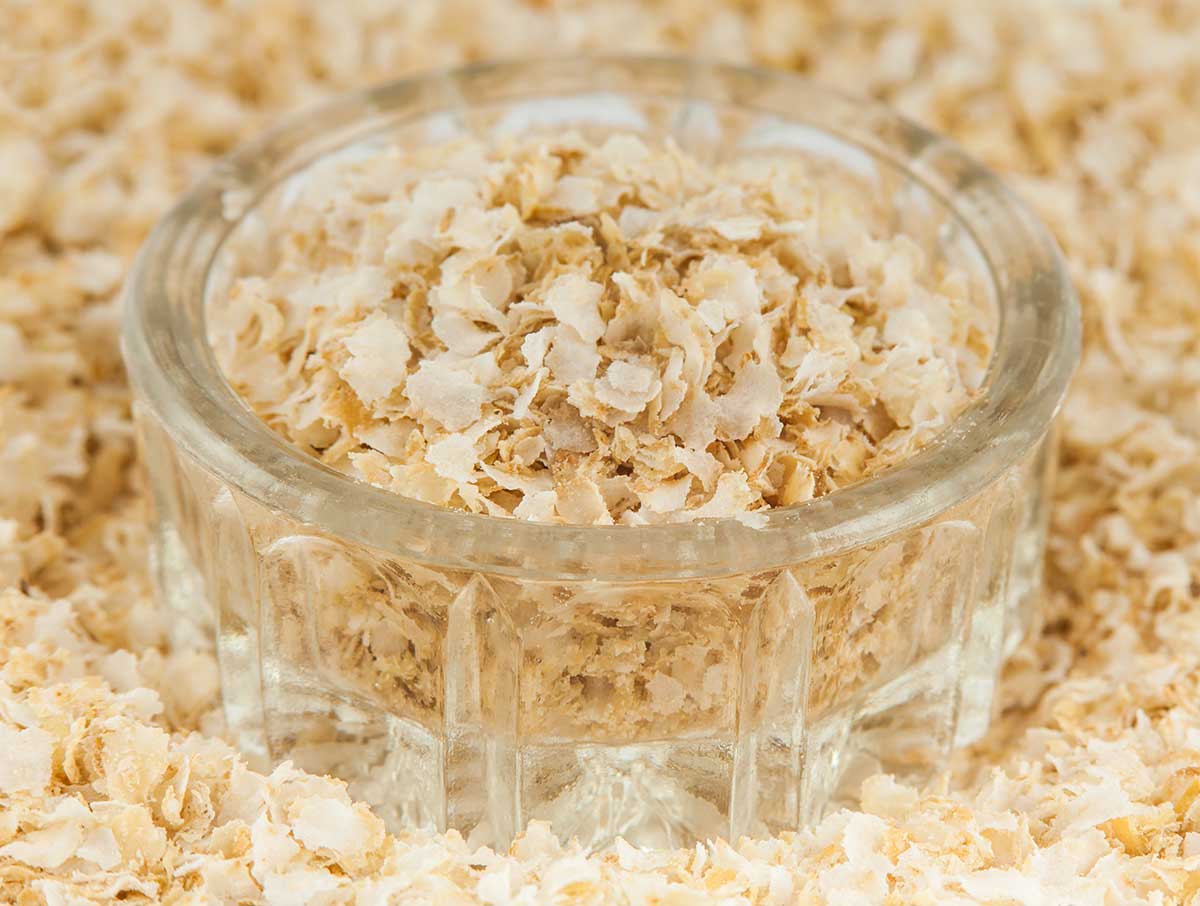
Quinoa Nutrition
Quinoa is naturally gluten-free, making it a great option for individuals with celiac disease, gluten intolerance, or those following a gluten-free diet. Additionally, quinoa is considered a complete protein, as it contains all nine essential amino acids needed for proper bodily function.
Quinoa has a lot of health benefits and contains a a good amount of vitamins and minerals. Take a look at the great properties of quinoa:
Vitamins in Quinoa
- Vitamin B1 (Thiamine): Helps convert food into energy.
- Vitamin B2 (Riboflavin): Supports growth and red blood cell production.
- Vitamin B3 (Niacin): Essential for cellular metabolism and energy production.
- Vitamin B6: Important for brain development and function.
- Vitamin E: Acts as an antioxidant and supports immune function.
Minerals in Quinoa
- Magnesium: Plays a vital role in various bodily functions, including muscle contraction and nerve function.
- Phosphorus: Required for bone health and energy production.
- Manganese: Necessary for healthy bones, metabolism, and antioxidant activity.
- Iron: Essential for transporting oxygen throughout the body.
- Zinc: Supports immune function, wound healing, and DNA synthesis.
Antioxidants in Quinoa
Quinoa contains several antioxidants that help protect our cells from damage caused by free radicals. Some notable antioxidants found in quinoa include:
- Quercetin: Has anti-inflammatory properties and may help reduce the risk of chronic diseases.
- Kaempferol: Known for its potential anti-cancer effects and cardiovascular benefits.
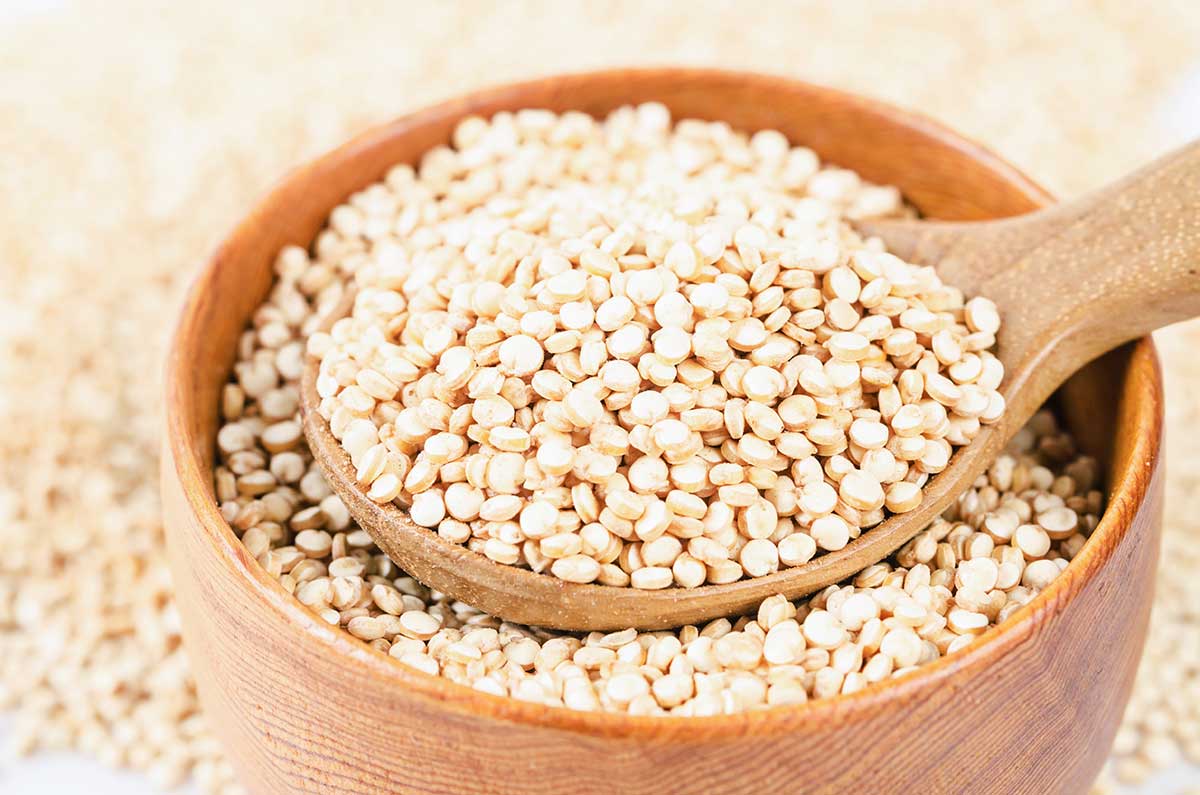
Other Nutritional Benefits of Quinoa
Apart from vitamins, minerals, and antioxidants, quinoa also provides:
- High-quality Protein: As mentioned above, quinoa is considered a complete protein source as it contains all nine essential amino acids required by the body.
- High Fiber Content: A good source of dietary fiber that aids digestion and helps maintain a healthy weight.
- Healthy Fats: Contains heart-healthy fats like omega-3 fatty acids.
While quinoa flakes and whole quinoa have similar nutrient profiles, quinoa flakes may have slightly lower fiber content due to the processing.
Glycemic Index of Quinoa
Quinoa has a low glycemic index, which means it is digested and absorbed slowly by the body, resulting in a gradual release of glucose into the bloodstream. This makes quinoa a suitable option for individuals with diabetes or those looking to manage their blood sugar levels.
Cost Difference Between Quinoa Flakes Vs Whole Quinoa
Quinoa flakes are generally more expensive compared to whole quinoa. This price difference is primarily due to the additional processing steps involved in producing quinoa flakes, which add to the production cost.
Storage for Quinoa Flakes and Whole Quinoa
- Quinoa Flakes: Quinoa flakes, being more processed and refined, have a longer shelf life compared to whole quinoa. They can be stored in an airtight container in a cool, dry place for several months. However, once opened, it’s recommended to store them in the refrigerator to maintain their freshness.
- Whole Quinoa: Quinoa in its whole form has a shorter shelf life due to its natural oils, which can cause it to become rancid over time. To preserve its freshness, whole quinoa should be stored in an airtight container in a cool, dark place for up to six months or in the refrigerator for extended storage.
How to Prepare Quinoa Flakes Vs Quinoa
The cooking methods for quinoa flakes vs quinoa differ considerably. Here’s how to cook the flakes and whole quinoa seeds.
Quinoa Flakes
To cook quinoa flakes, simply combine them with a liquid, such as water or a plant-based milk, and cook them on the stovetop. The exact ratio of liquid to quinoa flakes may vary depending on the desired consistency.
When I’m making quinoa flake porridge, I use a 1:3 ratio (1/3 C quinoa flakes to 1C water). Cooking times are typically short, ranging from 2 to 4 minutes.
Quinoa Flakes Porridge
- Combine 1/3 cup of quinoa flakes and 1 cup of water in a saucepan.
- Bring to a boil, reduce heat and cook for 2-4 minutes, stiring frequently. It will thicken and become creamy like porridge.
I like to add the following to quinoa flakes porridge: hemp seeds, chia seeds, collagen, and berries. For a sweetener I use maple syrup or wildflower honey. Top with some sliced almonds for added crunch.
Whole Quinoa
Preparing whole quinoa involves rinsing the grains thoroughly, which helps to remove any bitterness. The rinsed quinoa is then cooked with water or chicken stock, following a 2:1 liquid-to-quinoa ratio. Once the liquid comes to a boil, reduce the heat and simmer for approximately 15 to 20 minutes until the grains become tender and the liquid is absorbed.
After quinoa is cooked, it tastes great toasted in avocado oil with some spices like garlic and cumin.
Substituting with Quinoa Flakes
Quinoa flakes can be an excellent substitute for oats in recipes calling for oatmeal. They provide a similar texture and can be prepared in the same manner. Additionally, quinoa flakes can be used in baking recipes as a replacement for flour or as a gluten-free alternative.
Where to Find Quinoa Flakes
Quinoa flakes can typically be found at a local supermarket, health food stores, or specialty food stores. They are commonly available in the grain or baking section alongside other flours and grains at the grocery store. Additionally, you can purchase quinoa flakes online.
When purchasing quinoa flakes, be sure to check the packaging for the production method and any specific certifications, such as organic or gluten-free.
Sustainability of Quinoa
Not only is quinoa healthy and delicious, but it also offers environmental benefits. It requires less water than other crops like rice and wheat and can grow successfully in diverse climates. Additionally, quinoa plants naturally repel pests without the need for chemical pesticides.
Other Forms of Quinoa
- Quinoa Flour: Quinoa flour is made by grinding quinoa seeds into a fine powder. It has a slightly nutty flavor and is commonly used as a gluten-free substitute to wheat flour in baking recipes.
- Quinoa Pasta: Quinoa pasta is made from a mixture of quinoa flour and other ingredients like corn or rice flour.
- Puffed Quinoa: Puffed quinoa is created by applying heat and pressure to quinoa grains until they expand rapidly. It results in crispy, light-textured grains that can be enjoyed as a snack on their own or added to granola bars, trail mixes, or desserts.


